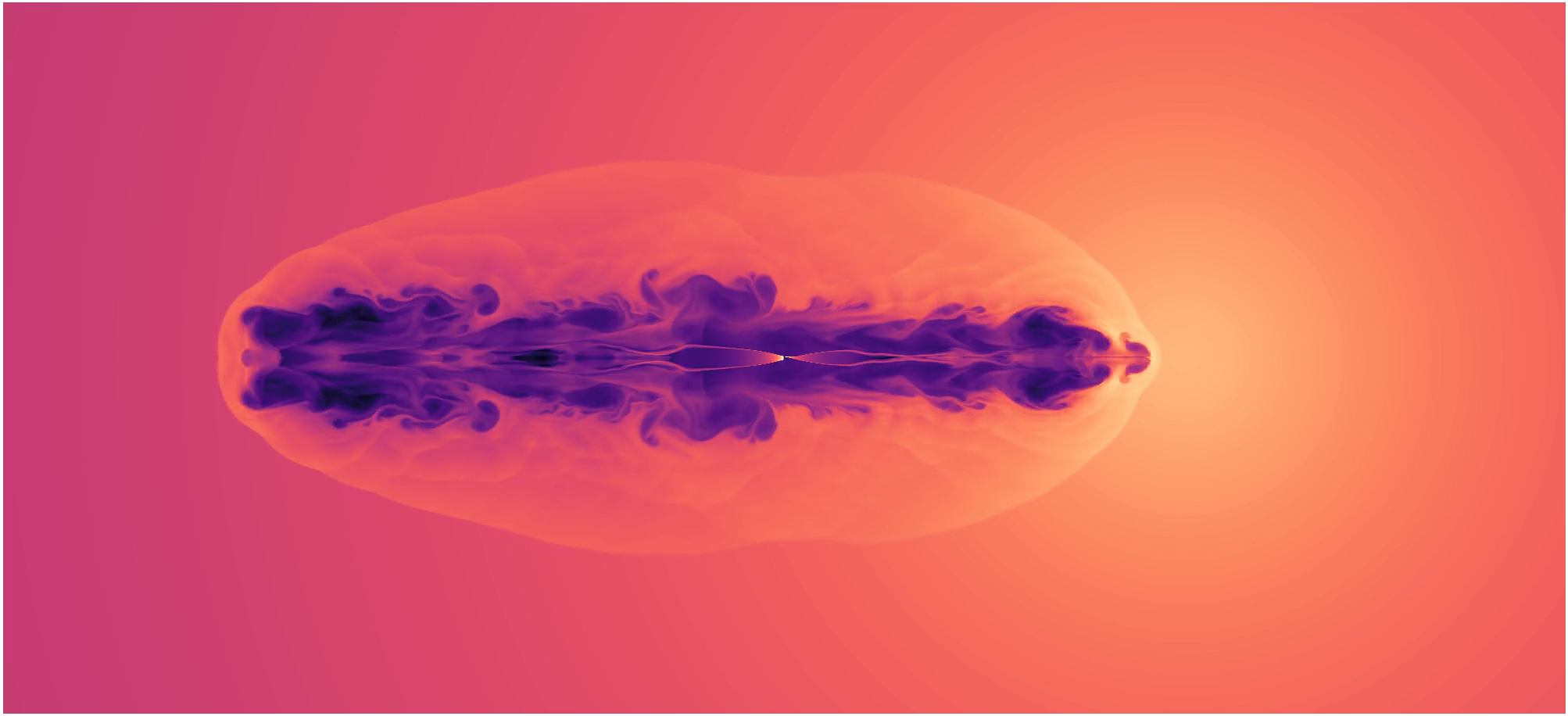Daily Image
04-10-2018Colloquium - Energetics and lifecycles of radio galaxies: what can models tell us?
| Submitter: | Stas Shabala |
| Description: | Active Galactic Nuclei (AGN) play a key role in the formation and evolution of galaxies by imparting copious amounts of energy to their surroundings. Direct evidence indicates that so-called radio mode feedback, i.e. feedback done by radio jets, is responsible for regulating star formation in the most massive galaxies over the last half of Hubble time. Two parameters play a key role in determining feedback efficiency: (1) the kinetic power of AGN jets, which set how much energy is available for feedback; and (2) the timescales related to their injection, which determine the efficiency with which this energy is deposited in the surrounding gas. In principle, observations of radio galaxy populations encode this information on feedback energetics and duty cycles, yet interpreting these observations is challenging due to the highly non-linear nature of the mapping between the observable and physical properties of radio jets. I will describe our recent work on dynamical and numerical modeling of radio galaxies, and highlight the crucial role of the environment into which the jets expand. In this context, I will briefly describe a framework for inferring the physical properties of radio jets from large-scale surveys, and implications for our understanding of the mechanisms of jet triggering and feedback. Much can be learned from carefully constructed samples; by way of example I will show how a sample of asymmetric radio galaxies from the Radio Galaxy Zoo citizen science project can be used to probe whether galaxy clustering is a good measure of jet environment. I will conclude with a brief forward look towards imminent large-scale radio surveys. Image Caption: Hydrodynamical simulation of a powerful radio galaxy expanding into an asymmetric environment. The right jet is expanding directly towards the cluster centre, while the left one is moving in the opposite direction. The pressure gradient gives rise to the observed source asymmetry. |
| Copyright: | Colloquium |
| Tweet |  |
